Results
-
£149.99
An Olympic Celebration - Robert Buckley
An Olympic Celebration is a tribute to the pursuit of excellence and the triumph of the human spirit. This piece was commissioned by The West Vancouver Youth Band for the build up to the 2010 Winter Olympics. The initial "festive fanfare", based on open fifths moving in contrary motion, brings the athletes out into the arena. This leads to the "parade of the athletes" theme. Then comes the establishment of the "heroic theme" in the woodwinds and horns - moving through different sections - until the transition, with an alto saxophone solo and an oboe solo, leading into the "flashback" section. Here we go into the minds of the athletes and the internal and physical struggles thathave brought them to this place. The melody is epic; rich in feeling and full of heart. This moves through various moods until the introduction of the "challenge" theme; a theme stated by the horns and trombones, which passes through the different sections of the band. A restatement of the "flashback" theme, this time triumphant, takes us to a final fanfare of celebration and jubilation.
Estimated dispatch 7-14 working days
-
 £149.40
£149.40Joyful Joyful - Ludwig van Beethoven
Beethoven's everlasting melody keeps popping up in different arrangements. This one is inspired by the version made to the movie "Sister Act". Gospel at its best!You may use this piece both in church concerts and entertainmentsshows.This is a fine number to practice sixteenths syncopations. Often, most players have similar rhythm and phrasing, but with different pitches. Extended harmonies and ensemble balance are also elements to work on. Two groups havespecial roles: * If you perform the arrangement instrumental, 1st Altosax and Tenorsax are both important. The solos may be played as written or improvised. There is also an optional womens choir arrangement (SSAA) includedin the set.* The bass line is also challenging and very important. Make it groove!
Estimated dispatch 7-14 working days
-
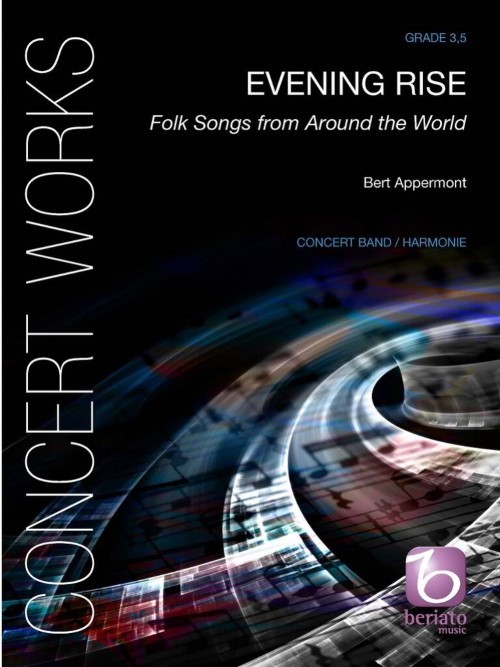 £102.99
£102.99Evening Rise (Concert Band - Score and Parts) - Appermont, Bert
Folk Songs from Around the WorldThis work is based on five folk songs from different cultures. Each song brings its own atmosphere and character, giving rise to a musical journey across the world in one continuous whole. Featuring Evening Rise (America), Lo Yisa Goy (Israel), Sakura (Japan), Finnegans Wake (Ireland) and Siyahamba (South Africa). The Native American song Evening Rise functions as a sort of chorus and thus creates a certain unity; each time the melody is arranged in a different way.Duration: 7.45
Estimated dispatch 7-14 working days
-
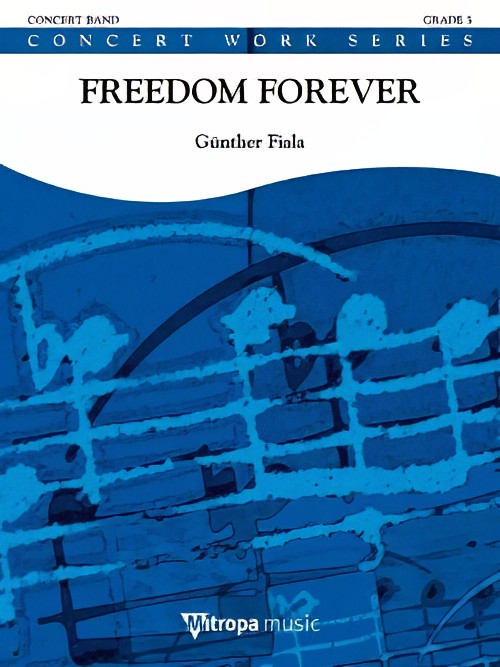 £76.99
£76.99Freedom Forever (Concert Band - Score and Parts) - Fiala, Gunther
The fanfare-like piece Freedom Forever deals with the chances and possibilities that arise with freedom and is uses two famous quotes from the 1948 Universal Declaration of Human Rights and from Jean-Jacques Rousseau as a basic idea. The piece alters two themes in different styles representing the different faces of freedom as such. A fantastic and reflective opener or closing piece for your concerts! Duration: 3.45
Estimated dispatch 7-14 working days
-
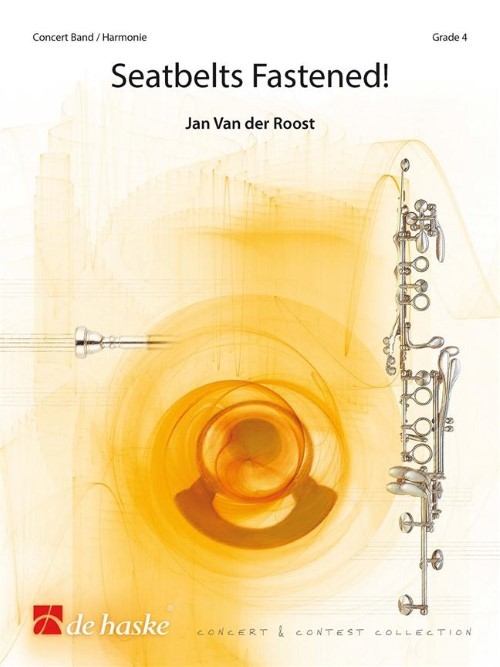 £104.99
£104.99Seatbelts Fastened! (Concert Band - Score and Parts) - Van der Roost, Jan
Right from the outset until the very end, the speed, energy and drive of the tuneful music is palpable. It's abundantly clear why the title Seatbelts Fastened! was chosen: just like an airplane, this music takes off and neither tempo nor intensity are lost throughout the flight. Descending and ascending scales characterise the most important thematic material and the music explores a variety of different registers through Van der Roost utilising a great deal of different tonalities and metres. Please keep your seatbelts fastened and enjoy the flight!Duration: 5.45
Estimated dispatch 7-14 working days
-
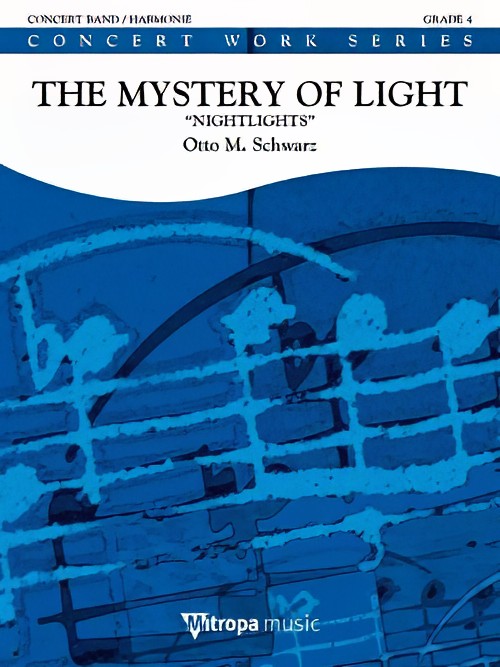 £169.99
£169.99The Mystery of Light (Nightlights) (Concert Band - Score and Parts) - Schwarz, Otto M.
Light, sun, moon, stars: there has always been a connection to faith, the occult and mysticism. Different constellations were supposed to predict the future, and some phenomena have been interpreted as punishment by different Gods. From sunrises and solar eclipses, through rainbows, the scattering of light, sunset in the daytime, moonrises, the northern lights, the new moon, crescent moons and stellar constellations, to shooting stars... our observations encompass all this and much more. The Mystery of Light is the first of a series of pieces with the same theme. Nightlights deals with lights of the night: created partly by nature and partly by man himself and consists of three movements: Opener and Star Shower, Lunar Eclipse and Aurora and Fireworks.Duration: 13.15
Estimated dispatch 7-14 working days
-
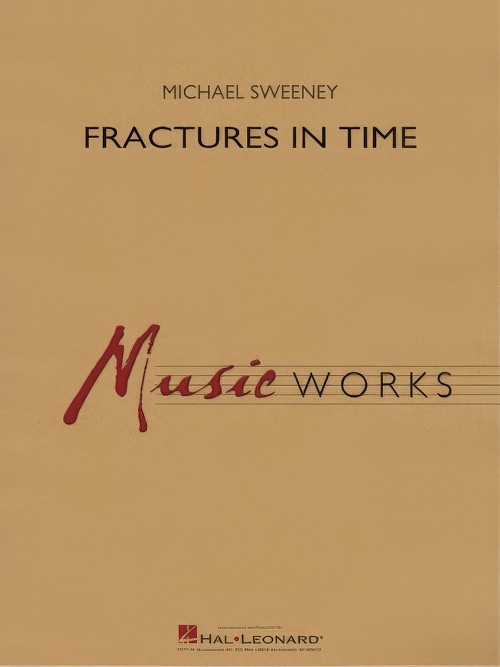 £79.99
£79.99Fractures in Time (Concert Band - Score and Parts) - Sweeney, Michael
Exploring different facets of time, this unique work utilises a wide range of compositional devices, including periods of carefully controlled aleatoric playing, a dizzying effect of multiple ticking clocks, and a variety of moods and time signatures. Densely layered harmonies are contrasted with lyric passages and soaring melodies, and the overall effect of the piece is quite different and striking.Duration: 6:45
Estimated dispatch 7-14 working days
-
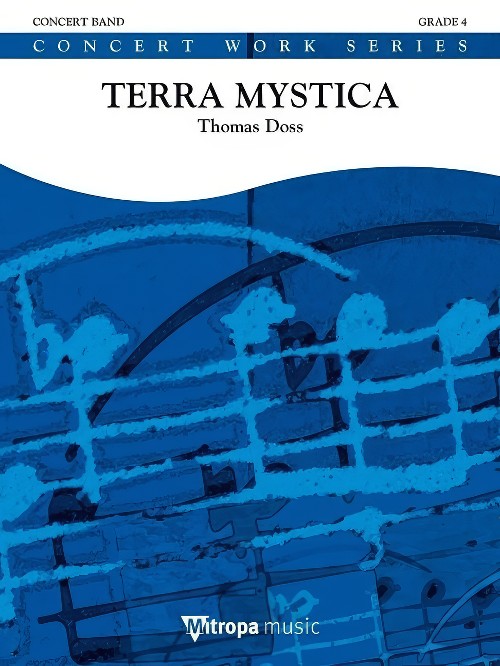 £159.99
£159.99Terra Mystica (Concert Band - Score and Parts) - Doss, Thomas
Terra Mystica is a concert work describing the beautiful area of Hausruck in upper Austria. The three segments (Pastorale, Cathedral and Homeland) each depict different aspects with very different musical characters.Duration: 13:45
Estimated dispatch 7-14 working days
-
 £87.99
£87.99York'scher Marsch (Concert Band - Score and Parts) - Beethoven, Ludwig van - Sparke, Philip
Beethoven's York'scher Marsch is one of a collection of three tattoos (WoO 18-20) and has had a chequered history, to say the least. There are several autograph copies for different instrumentations, dedicated to different archdukes who were commanders of various regiments of the army including the Prussian regiment called Marsch des Yorkschen Corps, which is how its current title arose. Philip Sparke's arrangement enables a march by this major classical composer to be enjoyed by concert bands.Duration: 3:15
Estimated dispatch 7-14 working days
-
 £183.99
£183.99Portrait of a City (Concert Band - Score and Parts) - Sparke, Philip
In this exciting suite Philip Sparke sets out to capture the essence of his hometown, London, with each of the three movements depicting one of the many characteristics of this fascinating city. Skyline shows the frantic lifestyles of Londoners with millions of diverse people with different hopes and needs. Autumn shows the changes that take place in London during the different seasons and Downtown portrays the exciting nightlife of the West End.Duration: 14:20
Estimated dispatch 7-14 working days
